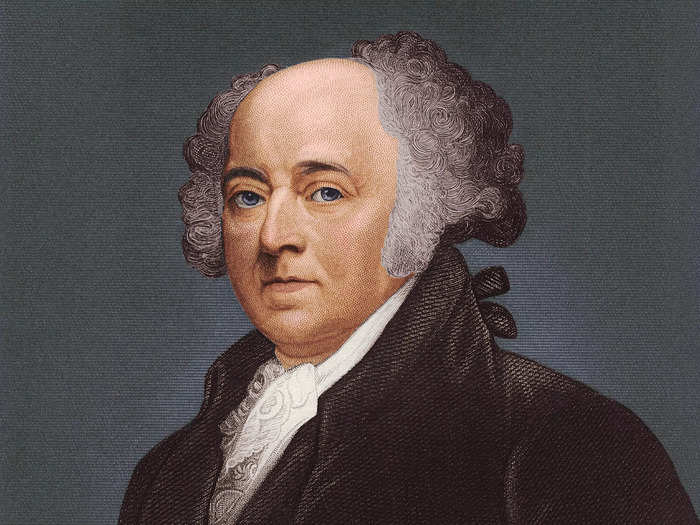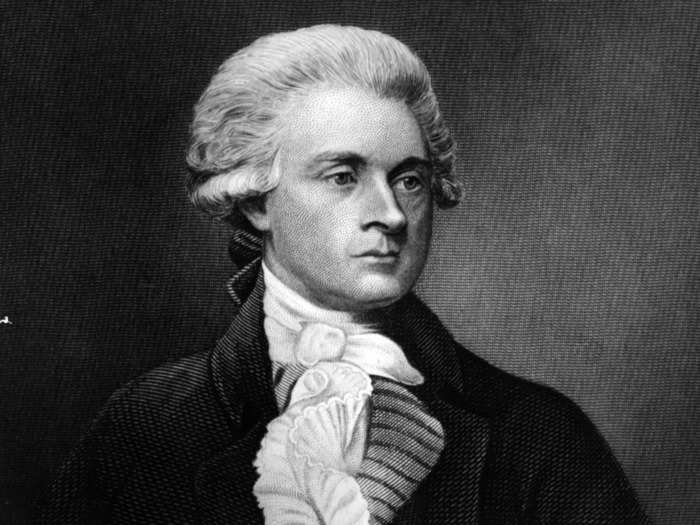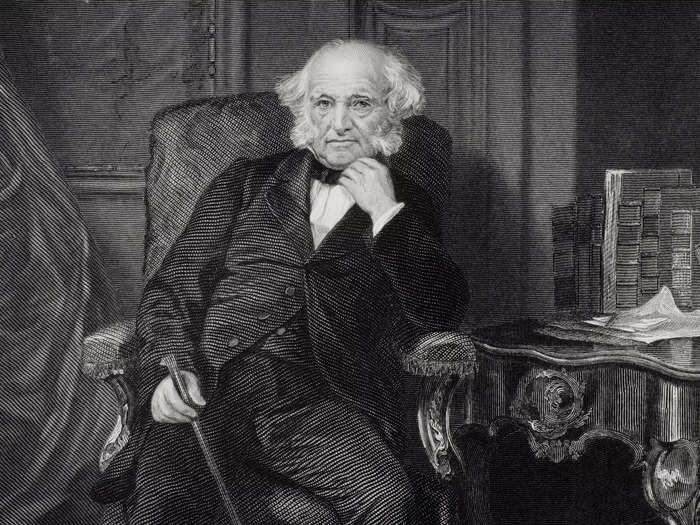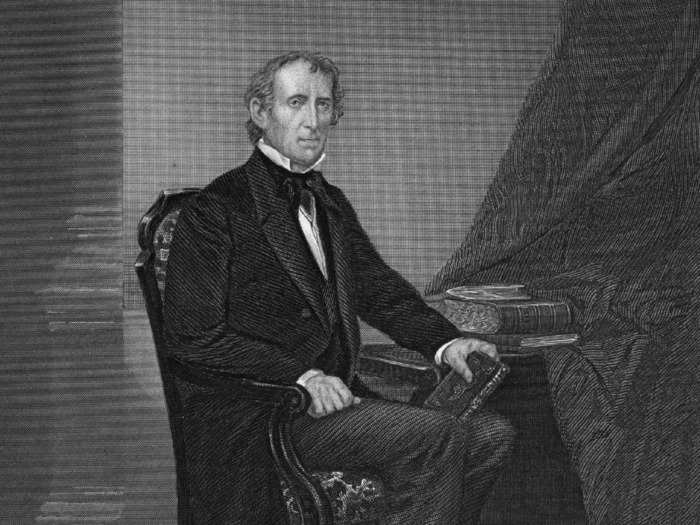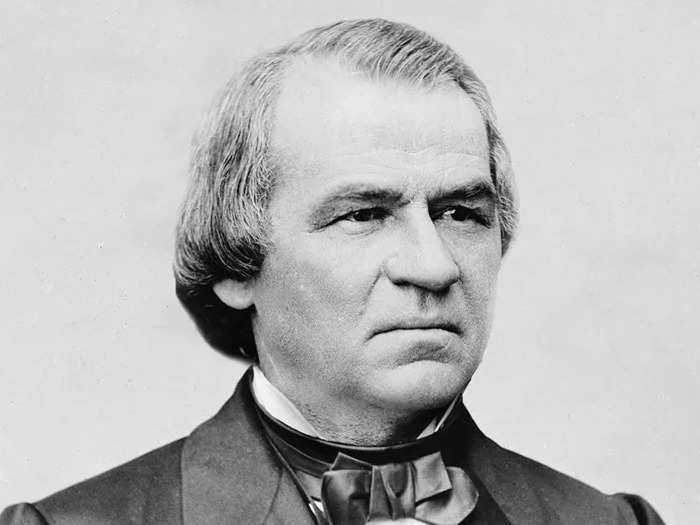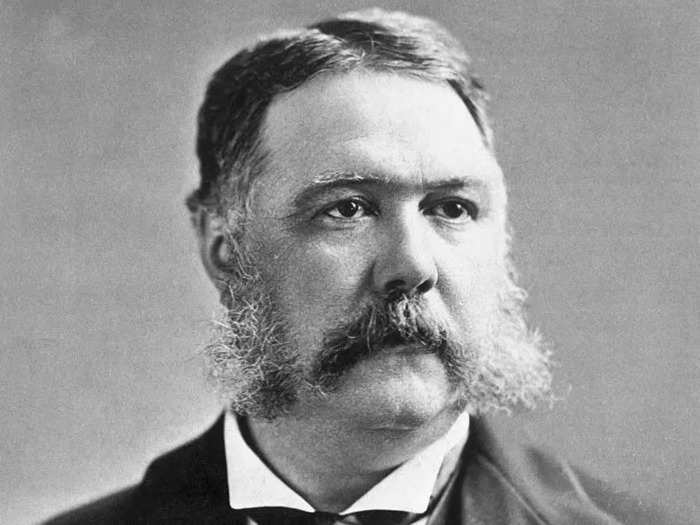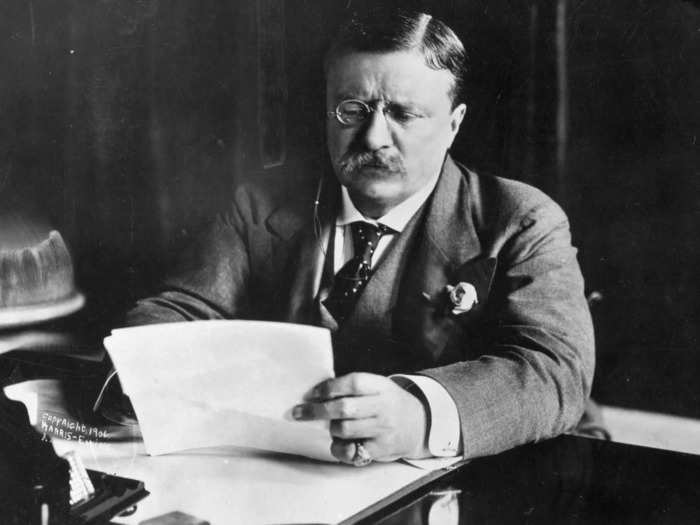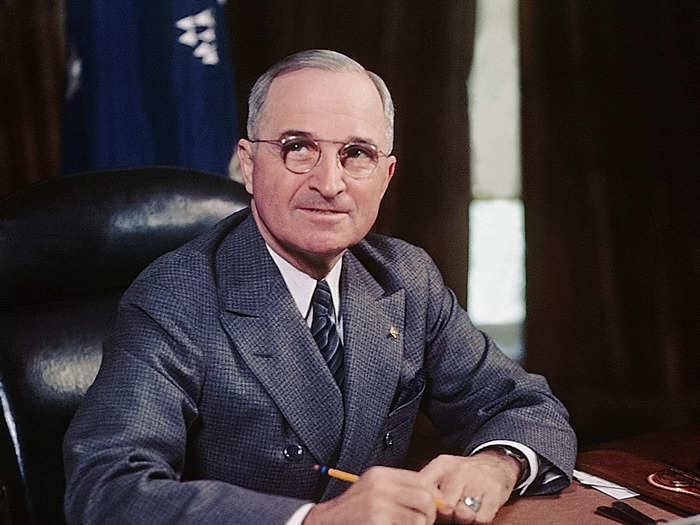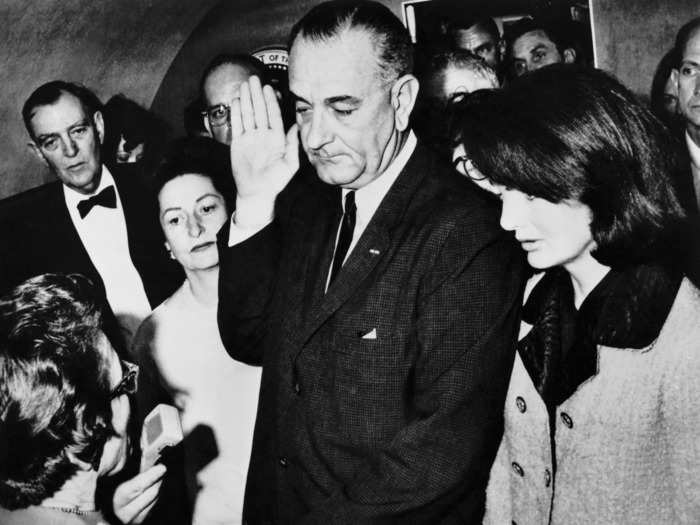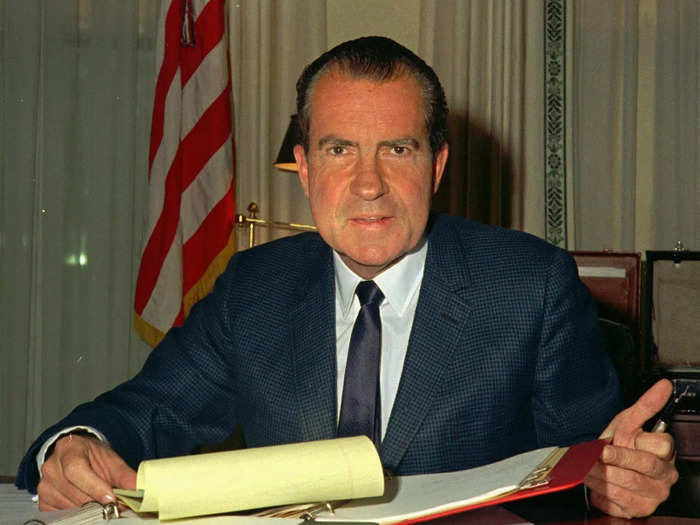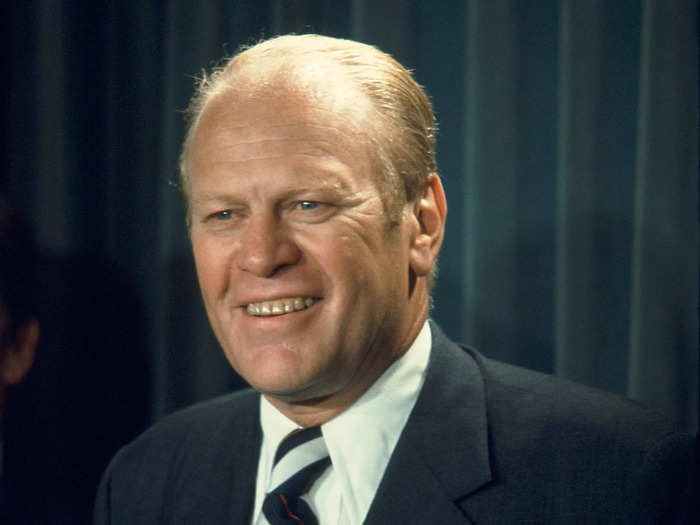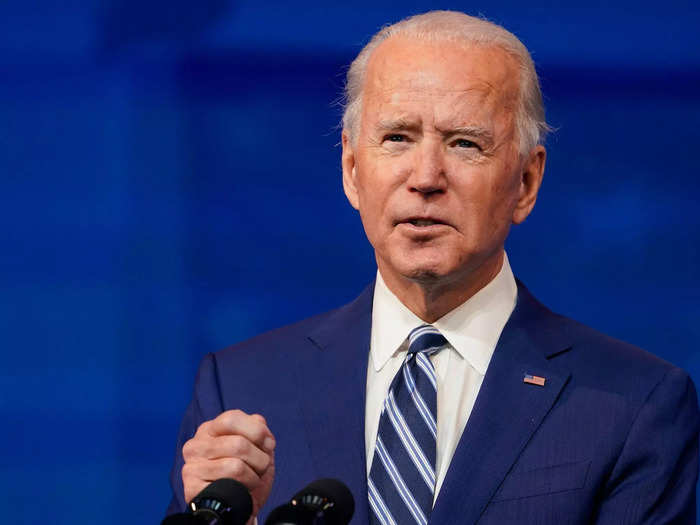President-elect Joe Biden served as vice president in the Obama administration.Joshua Roberts/Reuters
- Fifteen former vice presidents have gone on to become president themselves.
- Some were unexpectedly inaugurated after the president's resignation, assassination, or illness.
Throughout US history, 15 men who served as vice president have gone on to become president themselves.
Some vice presidents had no choice but to assume office due to the death or resignation of their predecessors, like Lyndon B. Johnson after John F. Kennedy's assassination. Others, like Joe Biden, chose to run for president after serving as second-in-command in the White House.
As Kamala Harris launches her presidential campaign following Biden's exit from the race, she could join the ranks of vice presidents who went on to serve as president.
Here are 15 vice presidents who became president of the United States.
After serving as the nation's first vice president under George Washington, John Adams became the second president of the United States in 1797.
John Adams. Stock Montage/Getty Images
Adams wasn't fond of the vice president role. He described it to his wife, Abigail Adams, as "the most insignificant office that ever the invention of man contrived or his imagination conceived," according to the White House's official website.
Thomas Jefferson served as President John Adams' vice president, then defeated him in the election of 1800.
Thomas Jefferson. Hulton Archive/Getty Images
Martin Van Buren served under President Andrew Jackson before being elected president in 1836.
Martin Van Buren. Universal History Archive/Getty Images
Van Buren was 5 feet and 6 inches tall, earning him the nickname "Little Magician." He served one term, defeated by the Whig party's William Henry Harrison in 1840.
John Tyler was the first vice president to assume the presidency due to the death of a president.
John Tyler. Hulton Archive / Stringer / Getty Images
William Henry Harrison died in 1841, making Tyler the president. His opponents called him "His Accidency," according to the White House.
Tyler was the first president to marry while in office. After his first wife, Letitia Christian Tyler, died in 1842 — the first wife of a president to die in the White House — he secretly wed Julia Gardiner Tyler in 1844.
Millard Fillmore became president when President Zachary Taylor died in 1850.
Millard Fillmore. National Archives / Handout / Getty Images
Fillmore was a member of the Whig party. He was the last president who was neither Democrat nor Republican, according to the White House. He served as president until 1853.
Andrew Johnson took over the presidency after President Abraham Lincoln was assassinated in 1865.
Andrew Johnson. Library of Congress
Johnson fought with the Republican-controlled Congress, vetoing their legislation to protect freed slaves, so much so that the House of Representatives voted to impeach him. The Senate acquitted him by one vote, according to the White House.
Chester A. Arthur succeeded President James Garfield after he was assassinated just six months into his presidency in 1881.
Chester A. Arthur. Bettman/Getty Images
Arthur's wife had died in 1880, so his sister, Mary Arthur McElroy, served as first lady and White House hostess, according to the White House.
After President William McKinley was assassinated, his vice president Theodore Roosevelt took over in 1901.
Theodore Roosevelt. Hulton Archive / Stringer / Getty Images
At 42 years old, Roosevelt became the youngest president to assume office, according to the White House.
Calvin Coolidge became president after President Warren G. Harding died in 1923.
Calvin Coolidge. Bettman/Getty Images
Coolidge learned he had become president at 2:30 a.m. while visiting his family in Vermont. His father was a notary public and swore him in with the family Bible, according to the White House.
Franklin Delano Roosevelt died of a cerebral hemorrhage in 1945, making Harry S. Truman the new president.
Harry S. Truman. Bettmann/Getty Images
Truman's presidency included the end of World War II, the outbreak of the Korean War, and the beginning of the Cold War.
Lyndon B. Johnson took office after President John F. Kennedy was assassinated in 1963.
Lyndon B. Johnson. Bettmann/ Getty Images
Despite enacting landmark legislation such as Medicare, Head Start, the Voting Rights Act, and the Civil Rights Act, Johnson couldn't end the Vietnam War and decided not to run for a second term. He retired in 1969.
Richard Nixon served as vice president from 1953 to 1961, and then as president from 1969 to 1974.
Richard Nixon. AP Images
Nixon was the first president to ever resign from office. He did so after the Watergate scandal came to light in 1974.
Gerald R. Ford assumed office after Nixon resigned in 1974.
Gerald R. Ford. Don Carl STEFFEN/Gamma-Rapho/Getty Images
Nixon's former vice president granted him a full pardon for the events of the Watergate scandal, according to the White House. Ford ran for another term in 1976, but lost to Jimmy Carter.
George H.W. Bush served as Ronald Reagan's vice president from 1981 to 1989 before serving one term as president.
George H.W. Bush. AP/Ron Edmonds
Bush, who was president between 1989 and 1993, lost his reelection campaign to Bill Clinton.
President Joe Biden served as President Barack Obama's vice president for eight years before winning the 2020 presidential election himself.
President-elect Joe Biden. Susan Walsh/AP

